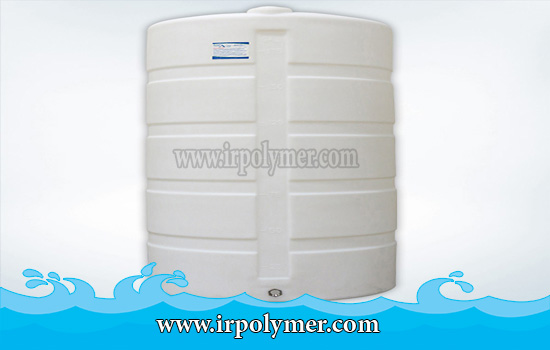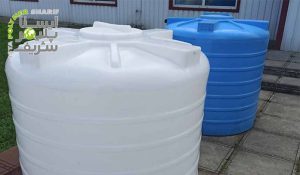The cylindrical polyethylene tank is one of the storage tanks for various substances such as water, acids, and alkalis. Due to its non-reactivity with these substances and its lack of leakage, it is an excellent option for storage. These tanks, made in various sizes and used as vertical tanks and horizontal tanks, have succeeded in the market due to their other advantages, such as being cost-effective.
Advantages of Cylindrical Polyethylene Tanks
Cylindrical polyethylene tanks are sold at a lower price compared to other tanks and are easier to install and maintain because they have a simpler structure among commercial materials. Polyethylene, which is polymerized ethylene with a density higher than 6000, is used in the plastics industry, is inactive, and does not react with other substances, resulting in a long lifespan. Polyethylene is also corrosion-resistant, which greatly contributes to its longevity as it does not corrode in the presence of acids, bases, and humid environments.
This combination, used in cylindrical polyethylene tanks as a double-walled construction, has found extensive use due to its corrosion resistance in humid environments and its inactivity. It goes beyond just being a storage tank for water and is also used for storing various chemicals for extended periods.
The advantages of this water tank do not end here. The polyethylene used gives these tanks thermal insulation properties, allowing them to withstand temperature changes between +45°C and -70°C. Nowadays, in mountainous areas where the temperature is very low, polyethylene tanks are chosen among various available options in the market to store materials and prevent them from freezing.
Polyethylene provides another excellent advantage: flexibility. Given the frequent earthquakes and landslides in recent years, these tanks are increasingly purchased for the safe storage of chemicals and for providing clean drinking water. For free consultation, contact the offices of ABtank.






